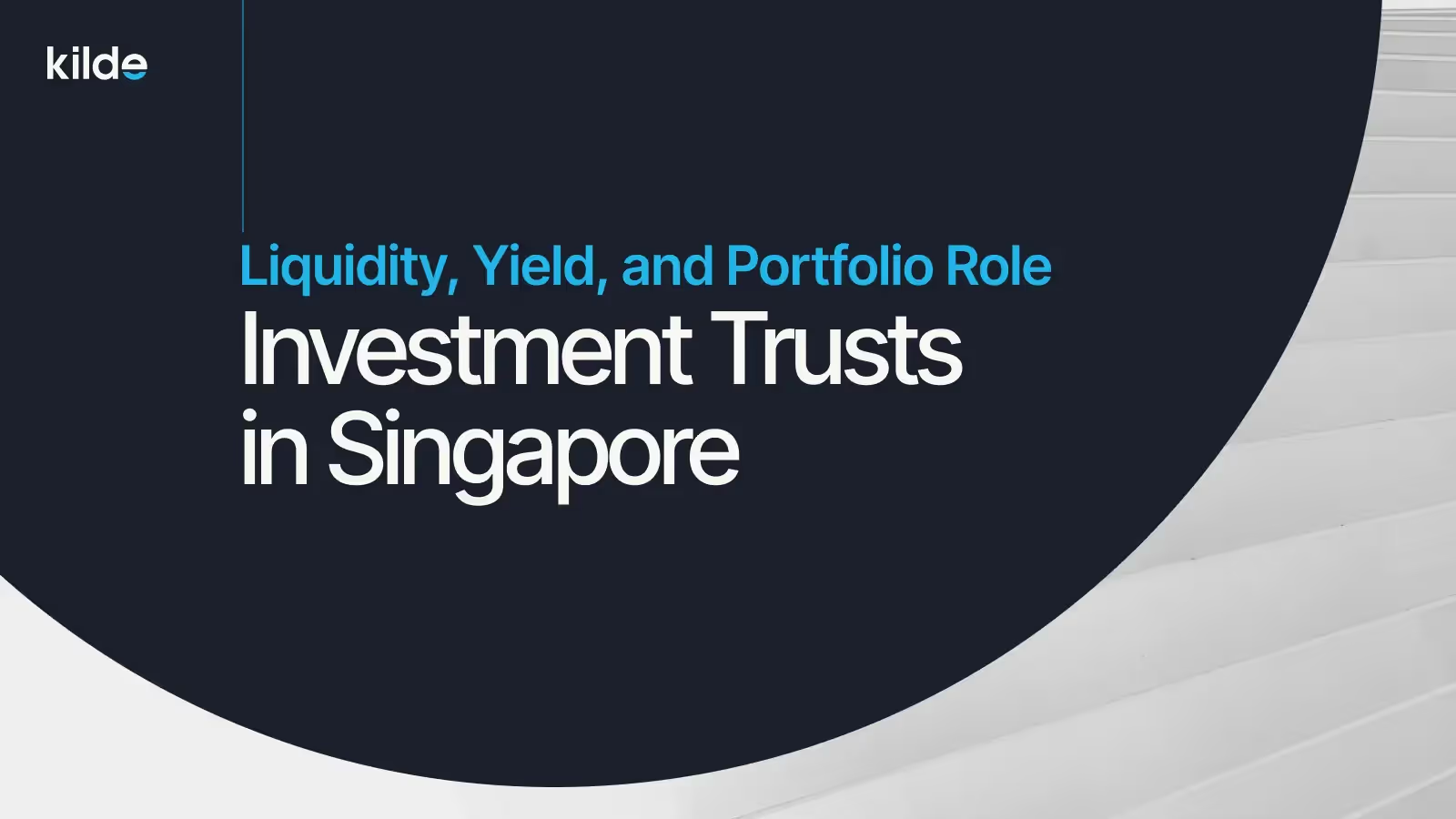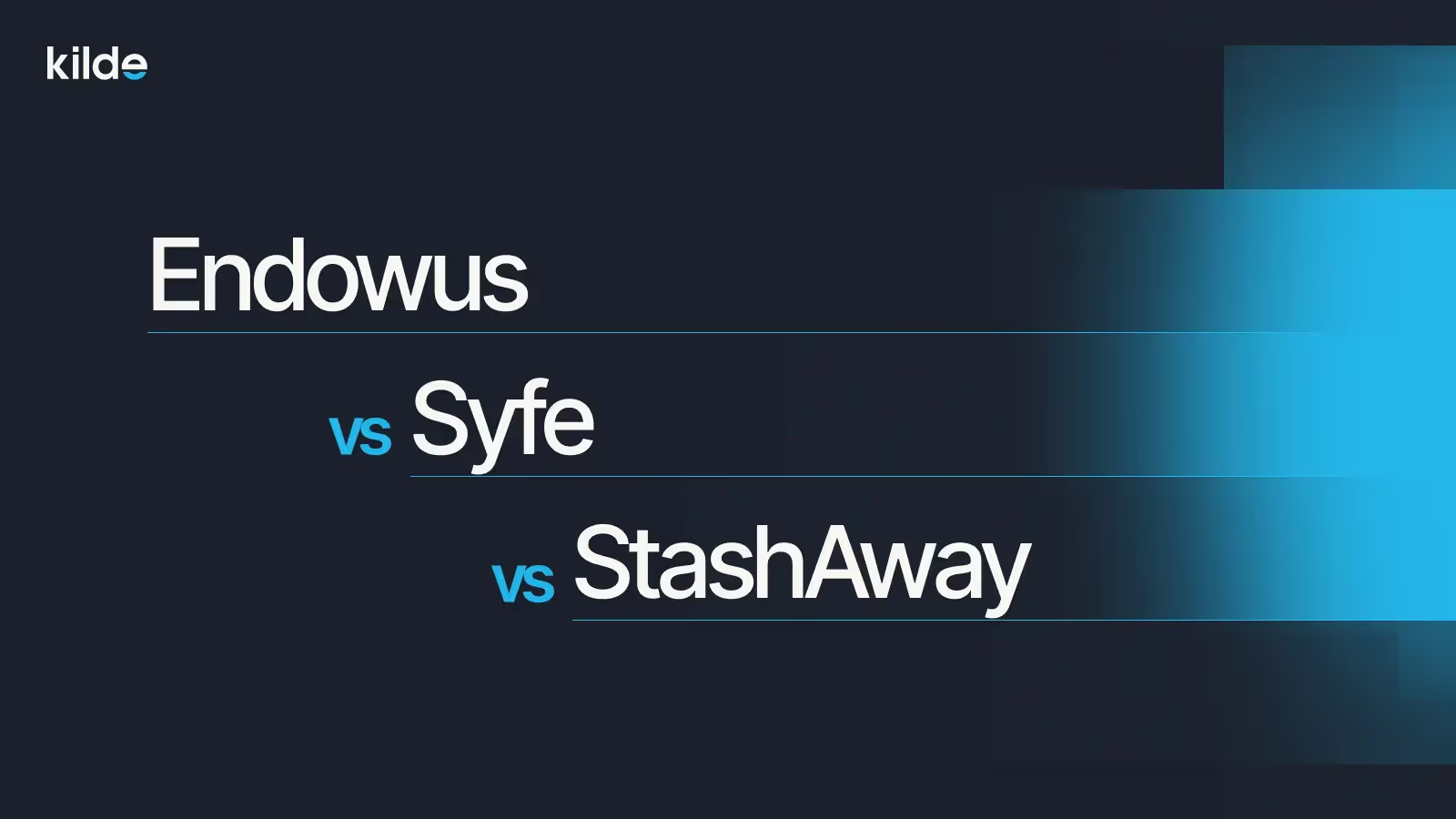The CPF Investment Scheme (CPFIS) in Singapore is designed to help people who have a CPF account to grow their CPF portfolio through making investments. It provides attractive options for optimizing portfolios, offering opportunities to increase income and secure financial future. In this article, we will discuss how you can make use of the CPFIS to increase your income and secure your financial future.
Types of CPF Accounts
In addition, you can earn the following bonus interest rates:
- 1% on the first $60,000 (Up to $20,000 for OA)
- 2% on the first $30,000 for account holders aged 55 and up (Up to $20,000 for OA)
While the SA primarily serves as a way to build up your retirement savings, the OA is generally used for housing, education, and investment. The RA is designed to provide a monthly income post-retirement, while the MA is purposed to offset healthcare expenses. Recognizing the nuances between SA and OA investments becomes crucial when investing through CPFIS. Read on to learn more about how you can also open these accounts.
{{cta-component}}
Difference between OA and SA Investment
While you can transfer funds from your CPF OA to your CPF SA, you cannot transfer from your CPF SA to your CPF OA, which is a rule set by CPF. This is a crucial limitation to bear in mind. Consequently, once funds are transferred to your SA for investing, moving them back into your OA is not allowed.
Furthermore, note that any returns will stay within your CPF account. Therefore, adopting a long-term outlook becomes essential when weighing up OA and SA investments. Prior to making any investment decisions, you should carefully evaluate your investment strategy and assess your financial goals.
While these returns are decent, what if you are an investor who is looking to receive greater returns on your OA savings? This is where you may consider the CPF Investment Scheme (CPFIS), which will be discussed in greater detail below.
What products you can invest in
CPFIS encompasses a variety of investment choices as detailed in the preceding [table]. When it comes to deploying your Ordinary Account (OA) reserves under the CPFIS-OA, you are afforded a broader selection of investment vehicles. This range includes equities, various gold-related options, unit trusts, and higher-risk Exchange-Traded Funds (ETFs). For instance, if you wish to tap into international markets, you have the opportunity to invest in an ETF that tracks the S&P 500, with platforms like Endowus facilitating such investments.
On the other hand, directing your Special Account (SA) funds into investments under the CPFIS-SA framework steers you towards more conservative instruments. These are inclusive of Singapore Government Bonds, Treasury Bills, life annuities, and insurance endowment policies.
However, while investments through CPFIS-SA can still cover ETFs, unit trusts, and Investment-Linked Insurance Policies (ILPs), the options are confined to those with a lower risk profile, which may correlate to comparatively lower yields.
What Is CPFIS?
The CPFIS, commonly referred to as CPFIS, is a government initiative that allows CPF members to allocate their CPF savings towards a wide array of financial products. These include fixed deposits, unit trusts, stocks, and bonds. Essentially, this program presents investors with the opportunity to potentially generate higher returns on their CPF savings.
Who Is Eligible for the CPFIS?
- Be aged 18 and above
- Have a balance exceeding $20,000 in your OA and/or SA
- Be a Singaporean or PR
Following that, prospective participants are required to complete a self-assessment form that proves that they have the necessary understanding of the risks associated with CPFIS investments.
What Can I Invest in Using CPF?
Unit Trusts
A unit trust is a form of collective investment instrument where the capital of numerous investors is pooled together and invested across a varied portfolio of securities. Professional fund managers are entrusted with selecting suitable investments on behalf of their investors.
Unit trusts offer diversification, granting investors access to a broad range of investment products. Furthermore, there is the advantage of having your funds professionally managed. Unit trusts are also extremely liquid.
Exchange-Exchange Traded Funds (ETFs)
An exchange-traded fund (ETF) is an investment fund that is traded on stock exchanges and designed to mirror the performance of a specific index, sector, commodity, or asset class. Offering instant diversification through their holding of an assortment of securities, ETFs also provide flexibility and liquidity, which is a welcome benefit to investors.
Stocks
Also referred to as equities or shares, stocks represent an ownership stake in a listed company. Buying stocks grants you a slice of the company's ownership, positioning you to benefit from its possible growth and development.
Investment in stocks presents opportunities for capital appreciation and the possibility of receiving dividend payouts. However, the value of stocks can be influenced by individual company performance and can fall in value, thus stocks typically are regarded to be a medium to high-risk investment.
Bonds
Bonds, a type of debt security, are a fundraising tool utilized by corporations and governments. As a bondholder, you essentially become a lender to the issuer, receiving periodic interest payments and the assurance of the principal repayment at the bond's maturity.
Bonds are often perceived as relatively safer investments due to their consistent income generation and lower volatility compared to stocks. They are frequently used to diversify investment portfolios and generate a steady source of income.
How Much of CPF Can I Invest with My CPFIS Account?
The amount you can invest through your CPFIS account is dictated by your CPF balances and the available funds in your OA and SA. As much as 35% of your investable savings can be allocated towards unit trusts, bonds, and stocks. The remaining amount can be directed towards other investment products such as fixed deposits or annuities. Additionally, note that up to 10% of your investable savings can be invested in gold. It is important to note that you will have to keep at least $20,000 in your OA.
To simplify things, let’s take a look at Bryan, who has $80,000 of investable savings in his OA. Assuming he uses $25,000 to pay for his housing, he would have $55,000 left in his OA. The following is the maximum amount that he can invest into stocks and gold:
- Stocks: $28,000 (Up to 35%)
- Gold: $8,000 (Up to 10%)
However, keep in mind that Bryan will have to keep at least $20,000 in his OA. After deducting from the $55,000 left in his OA, this leaves him with $35,000 for investments. Then, if he were to invest the maximum possible amount into stocks, he would be able to invest $28,000 into stocks, and the remaining $7,000 in gold.
What Are the Potential Returns of CPFIS Investments?
The potential returns of CPFIS investments depend on the performance of the selected investment products. However, it is important to remember that investments inherently carry risks and profits are never guaranteed. Before making any financial decisions, it is recommended to conduct thorough research, assess your risk tolerance, and align your decisions with your investment goals. The following are a few types of investment categories along with their average annual returns.
Read more about these and other types of investments in our article "Best Investment options in Singapore".
What Are the Sales Charges for CPFIS?
Investing via CPFIS incurs certain sales charges. These charges encompass aspects such as management costs, sales commissions, and other administrative expenses. The specific fees depend on the chosen investment product and the financial institution providing the service.
For example, management fees range from 0.5% to 2%, while platform fees and transaction fees range from 0.5% to 3% of the transaction value. When evaluating an investment, it is important to consider these costs when assessing the feasibility of an investment strategy.
{{cta-component}}
How do I start to invest under CPFIS?
To start investing under CPFIS, follow the steps outlined below.
Meet the eligibility requirements
Firstly, ensure that you meet the eligibility criteria. As stated above, you must be at least 18 years old. Furthermore, your OA and SA should maintain a minimum balance of $20,000 and $40,000, respectively. These balances are required to guarantee the availability of sufficient funds for investment.
Understand your investment amounts and limits
Once the prerequisites are met, familiarise yourself with your exact investment amounts and the limitations imposed by CPFIS. You are allowed to allocate up to 35% of your investable savings towards shares and stocks.
Pick the right investment products
As you start investing with CPFIS, selecting suitable investment products is key. Numerous investment alternatives, each with its own risk-to-reward ratio, are available. As an example, Singapore Savings Bonds are a type of low-risk investment that yields consistent and foreseeable returns over a period.
For those prepared to accept a higher level of risk for potentially higher returns, Exchange-Traded Funds (ETFs) and stocks could serve as possible investment options. These types of investments expose the investor to the inherent fluctuations of the stock market, thereby offering the potential for considerable long-term capital gains. However, before venturing into such high-risk investments, it is very important to accurately evaluate your capacity for risk and undertake extensive research.
Apply to invest via CPFIS
After identifying financial products that align with your goals and risk tolerance, proceed to apply for investing via CPFIS. This involves the following steps:
- Establish a CPF Investment Account at a CPFIS participating agent such as DBS, OCBC, or UOB. This account will serve as your CPF investment management platform. To open an account there, contact one of these institutions and comply with their application procedures.
- Engage with the companies that offer your selected investment products. These providers could be asset management firms, banks, or other financial entities offering CPFIS-approved investment products. They will guide you through the CPF funds investment process and provide the necessary information and supporting materials for making informed investment choices.
Conclusion on Investing Using CPF
Singaporeans have the opportunity to leverage the CPFIS as an effective tool for wealth growth and increasing their income potential. By strategically utilizing the CPFIS and making wise decisions regarding investment products, individuals can enhance the returns on their CPF funds.
In addition to optimizing your CPF investments, consider strategic investments with any surplus savings that you might have to accelerate your overall portfolio growth.
For example, Kilde, a Singapore-based digital platform, provides accredited and institutional investors with borrowers in the private credit space. Kilde's area of expertise lies in offering and allowing investors to invest in private debt, which has the potential to yield attractive returns of up to 13.5%* annually. An administrative fee of 1% per year will be incurred to manage your investment. However, a reduced fee is offered to clients who opt to invest $100,000 or more.
{{cta-component}}
In essence, Kilde serves as an excellent gateway for investors seeking access to alternative investments that might otherwise be difficult to enter. It offers a promising platform for those who seek higher returns to start making effective investments.
Through thoughtful consideration and strategic investments made through your personal savings as well as through CPFIS, you can maximise your overall potential for capital appreciation and income generation.
Keep in mind that it is essential to understand the associated fees and charges, and conduct thorough research to make informed investment choices. By doing so, you can make the most of CPFIS, potentially achieving significant long-term financial growth and securing a more prosperous future for your family and yourself.
Sources:
Also you may read:
Top 5 Dividend Stocks in Singapore & Guide On How to Find More
StashAway Review: Safety, Portfolio and Performance Analysis
*KILDE PTE LTD (“Kilde”) is incorporated in Singapore (registration no. 201929587K) is licenced and regulated by the Monetary Authority Singapore and holds a Capital Markets Services Licence (CMS101016) and an Exempted Financial Advisor License under the Financial Adviser Act. The information provided in this marketing material is intended for “accredited investors” and “institutional investors” (collectively “qualified persons”) only. This marketing material, and any information in this marketing material, or any documentation that Kilde provides in relation to this marketing material is provided without any representation or any kind of warranties whatsoever (whether express or implied by law).
This advertisement has not been reviewed by the Monetary Authority of Singapore.



















